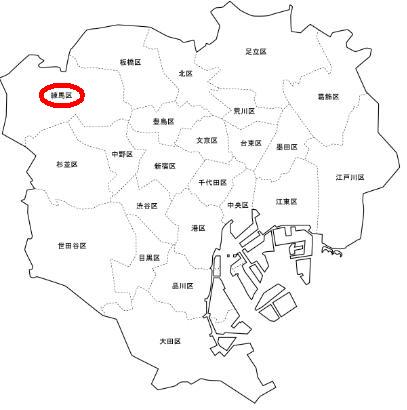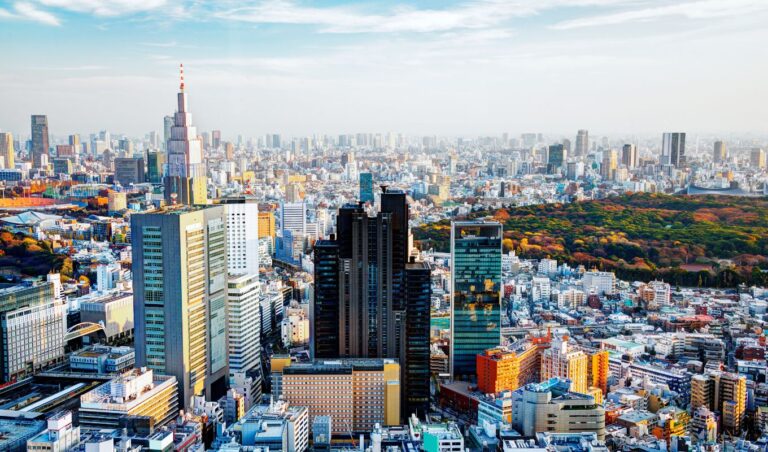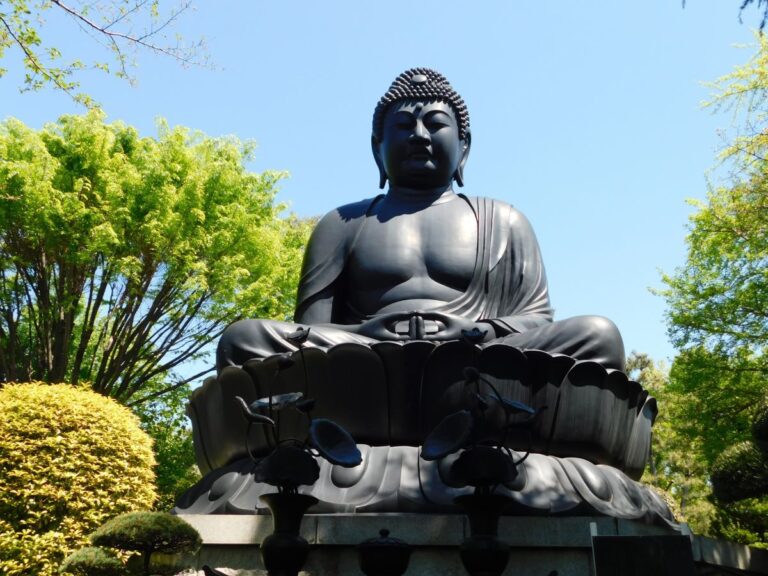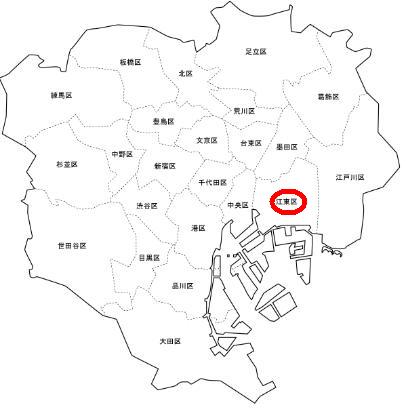
Sightseeing spots in Shinagawa Ward
Shinagawa Ward is located in the western part of the 23 wards of Tokyo and has a plateau, lowlands and reclaimed land. The plateau is Shiba-Shirokanedai to the north of Meguro River, Meguro-dai between Meguro River and Tachiai River, and Ebaradai to the south of Tachiai River.
The lowlands extend into the Shinagawa and Oi areas and along the river.
There is a theory that the name Shinagawa comes from the fact that the Meguro River used to be used as a port and goods used to come and go because the flow was slow near the mouth of the river.
Shinagawa Aquarium
3-2-1 Katsushima, Shinagawa Kumin Park, Tokyo
The Shinagawa Aquarium has a sea-level floor, a submarine floor, a restaurant, and a marine shop adjacent to the aquarium. Visitors can enjoy the spectacular shows of the aquarium’s popular dolphins, sea lions, and seals. Fish and other creatures from Tokyo Bay are also on display.
Hara Museum
4-7-25 Kitashinagawa,
Tokyo Hara Museum of Contemporary Art is an art museum focusing on contemporary art, where visitors can draw and color in workshops (hands-on lectures) that introduce augmented reality (AR).
The workshop is supervised by artist Jean-Michel Othniel, who spent a happy childhood, nurtured by the love of his parents and exposed to beautiful things at the museum. He is planning this workshop to show children how fun it is to draw pictures and give shape to their dreams.
Kashima Shrine
18-36, Oi 6-chome, Tokyo
Kashima Shrine was founded in 969, and it is said that the Kashima Myojin of Hitachi-ken was first invoked. The shrine was also dedicated as one of the three major sumo tournaments in the suburbs of Edo during the Edo period.
The old shrine pavilion, with valuable Kamakura carvings, has been moved to the shrine grounds and still exists. Two 200-year-old tabunoki trees stand in the precincts of the shrine. You can feel the history of Kashima Shrine.
Togoshiginza Onsen (Togoshi Ginza Onsen)
2-1-6 Togoshi, Tokyo
Togoshiginza Onsen is a geyser and natural hot spring which was excavated from a cold mineral spring of black hot water. The spring is a bicarbonate cold mineral spring and has a blackish-yellow, slightly iron taste. Bath indications include neuralgia, muscle pain, stiff shoulders, motor paralysis, and sensitivity to cold. Since soft water is used in the shower, soap and shampoo can be used with only one-third of the usual amount, and the lather is good and dirt can be removed. We are closed on Fridays.






